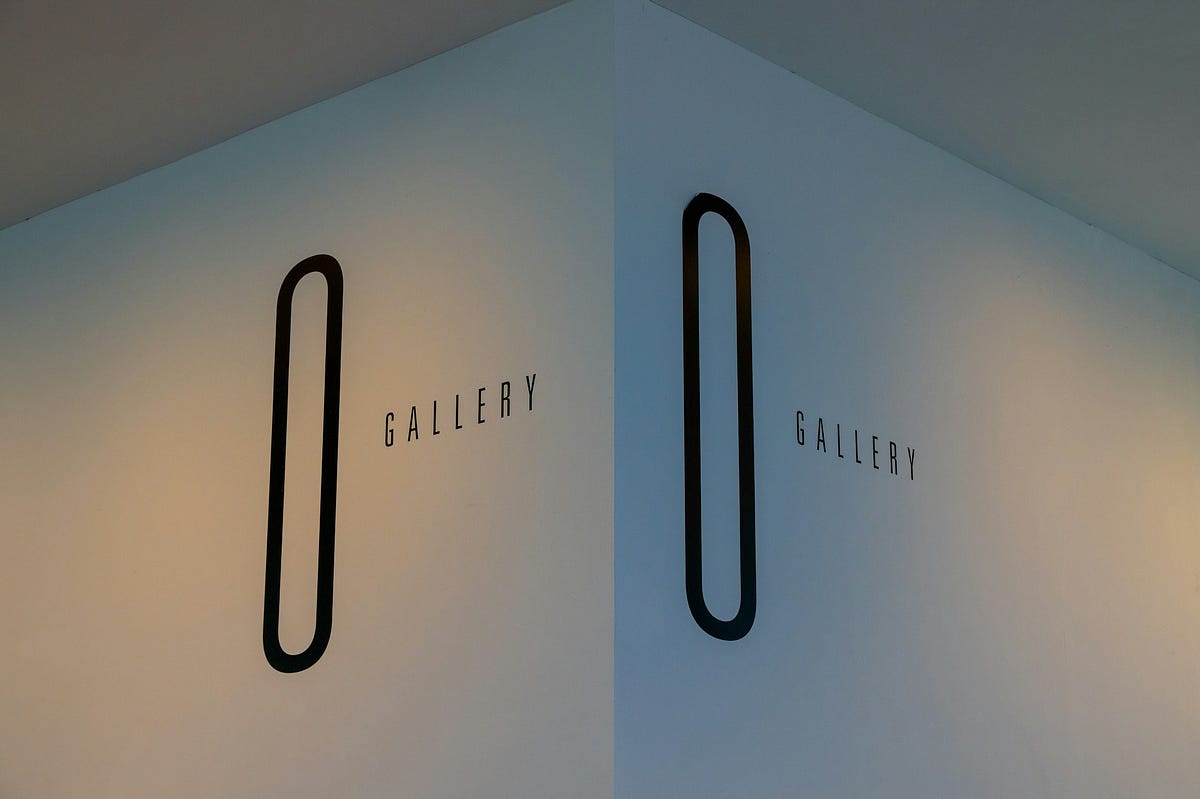
"After 30+ years as a designer, I've seen a lot. Trends come and go. Tools evolve. But there's one thing that never changes: designers neglect their own portfolios. I get it. I've done it too. You're deep in client work. You're hustling on social media trying to get eyes on your business. You're in the trenches, doing the actual work that pays the bills. Your portfolio? That's tomorrow's problem."
"Or you do start working on it, but then you find yourself tweaking. Revising. Never quite satisfied. Another font choice. Another layout adjustment. Another animation tweak. And it never launches. Here's the truth nobody wants to hear: Your portfolio is your calling card. It's how clients find you. It's how they decide whether to reach out. And if it doesn't exist - or worse, if it's outdated - you're invisible."
"But here's the good news: Your portfolio doesn't need to be perfect. It doesn't need the flashiest animations. It doesn't need every project you've ever touched. It doesn't need to win awards. It needs to be live. It needs to be fast. And it needs to show your best work - clearly. Keep it fast. Keep it clean. Make them keen. That's been my philosophy for years, and it's never let me down. Rick Rubin said it best:"
Designers often neglect their own portfolios due to client work and endless tweaking, which prevents launch. A portfolio functions as a calling card that attracts clients and must be live and current to avoid invisibility. Perfection is unnecessary; portfolios do not need flashy animations, every past project, or awards. Effective portfolios prioritize speed, clarity, and select best work. Clean layouts and ample white space give work room to breathe. Fast loading prevents visitor bounce. Portfolios should reflect character while keeping visuals light and intentional to ensure usability and client engagement.
Read at Medium
Unable to calculate read time
Collection
[
|
...
]